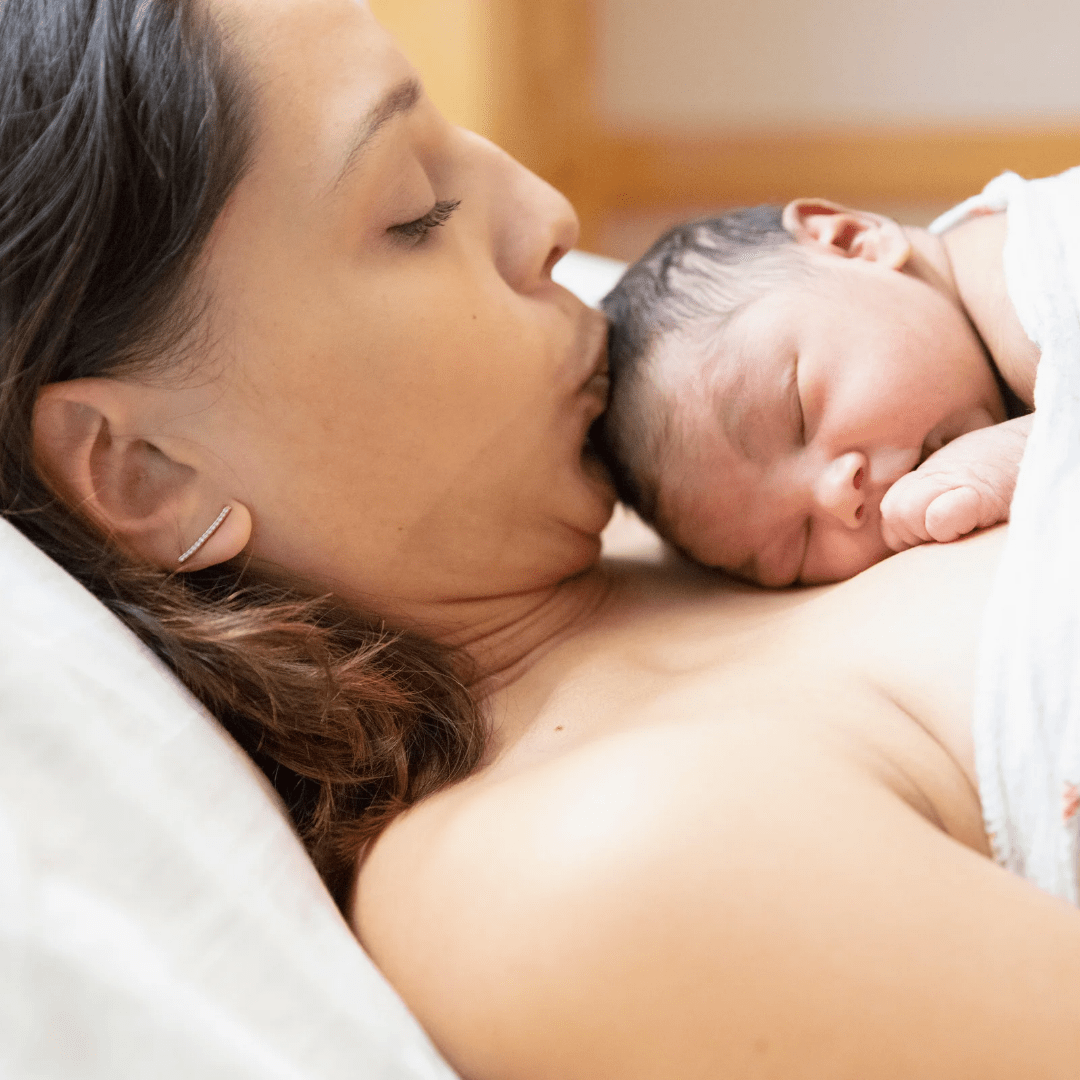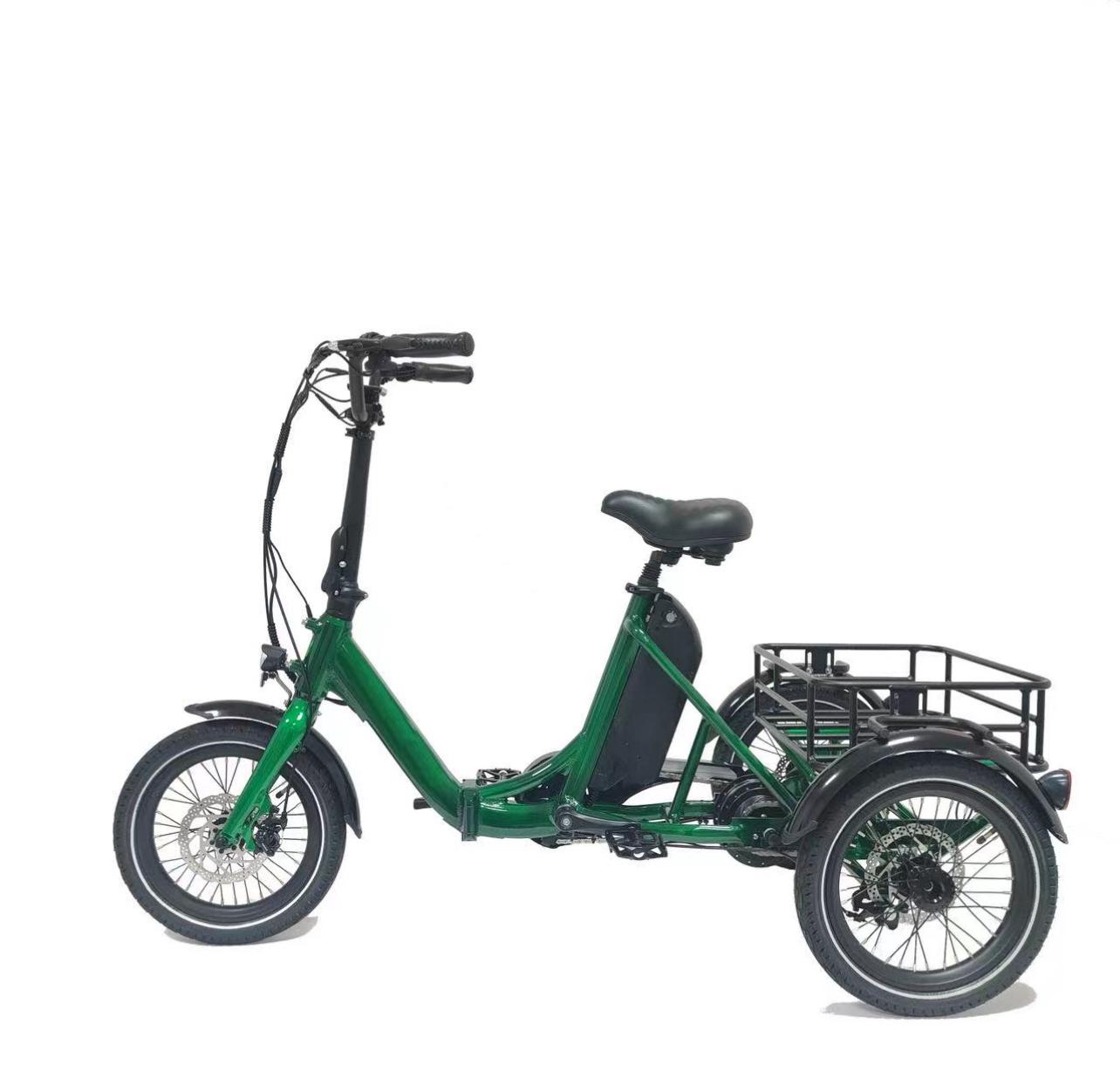Caesarean sections, often abbreviated as C-sections, have become a common part of modern childbirth.
The NHS reports that around a quarter of all births in the UK now involve a C-section.
This article will provide expecting families with a clear understanding of C-sections, including when they might be beneficial, the procedure itself and the potential risks to consider.
What is a caesarean section?
A Caesarean section is a surgical procedure where a baby is delivered through an incision made in the mother’s abdomen and uterus.
This is typically only done when a vaginal delivery would pose a significant risk to the health of the mother or baby and a C-section is the safest method of delivery.
C-sections can be both elective, meaning it is planned before birth, or given in an emergency if something happens during pregnancy or childbirth that results in an issue for mother or baby.
Reasons for having a caesarean section
There are various reasons why a midwife might recommend a C-section. Some of the most common include:
- Obstructed labour: When the baby’s position or size makes it difficult for them to pass through the birth canal.
- Foetal distress: If the baby shows signs of distress during labour, such as decreased heart rate, a C-section may be necessary for a quicker delivery.
- Placenta previa or abruption: When the placenta is positioned low in the uterus (placenta previa) or separates from the uterine wall prematurely (placenta abruption), a C-section is usually required to prevent serious bleeding.
- Breech presentation: When the baby is positioned feet first or bottom first instead of head first.
- Multiple births: In some cases of twins or triplets, a C-section may be the safest option for delivery.
- Previous C-section: If you have had a C-section before, you may be advised to have another C-section for subsequent births, particularly if the first incision was vertical.
- Maternal health concerns: Certain health conditions in the mother, such as pre-eclampsia (high blood pressure) or HIV, may necessitate a C-section.
It’s important to note that a C-section is a major surgery and should only be performed when medically necessary. The National Institute for Health and Care Excellence (NICE) advocates for a collaborative approach where the mother and medical team discuss the risks and benefits of both vaginal delivery and C-section to reach the most informed decision for each individual case.
Potential risks of caesarean section
While C-sections are a safe and effective procedure, there are some potential risks involved, just like with any surgery. These include:
- Infection: As with any surgery, there’s a risk of infection in the incision or uterus.
- Bleeding: C-sections typically involve more blood loss than vaginal deliveries.
- Injury to nearby organs: In rare cases, the bladder, bowels, or other organs may be accidentally nicked during the surgery.
- Complications with future pregnancies: There is an increased risk of certain complications, such as placenta previa or uterine rupture, in subsequent pregnancies after a C-section.
If you are considering a C-section, it’s important to discuss these potential risks with your midwife. If you experience complications during or after the procedure that you believe were due to negligence, you could seek legal advice from a medical negligence solicitor. These solicitors specialise in cases where healthcare professionals have breached their duty of care, potentially causing harm to patients.
Post-operative considerations
Recovery from a C-section typically takes longer than recovery from a vaginal delivery. You can expect to spend a few days in the hospital and several weeks at home recovering. Here are some things to keep in mind:
- Pain management: You will be given medication to help manage discomfort after surgery.
- Wound care: It’s important to keep the incision clean and dry to prevent infection. Your doctor will provide specific instructions on caring for your wound.
- Rest and recovery: Allow yourself plenty of time to rest and heal. You won’t be able to lift heavy objects for several weeks and will likely need help caring for your newborn.
A C-section is a safe and positive birthing experience for many families. By understanding the procedure, you can feel more empowered to make informed decisions about your delivery. Discuss any concerns you have with your midwife and create a birth plan that reflects your individual needs and preferences.






